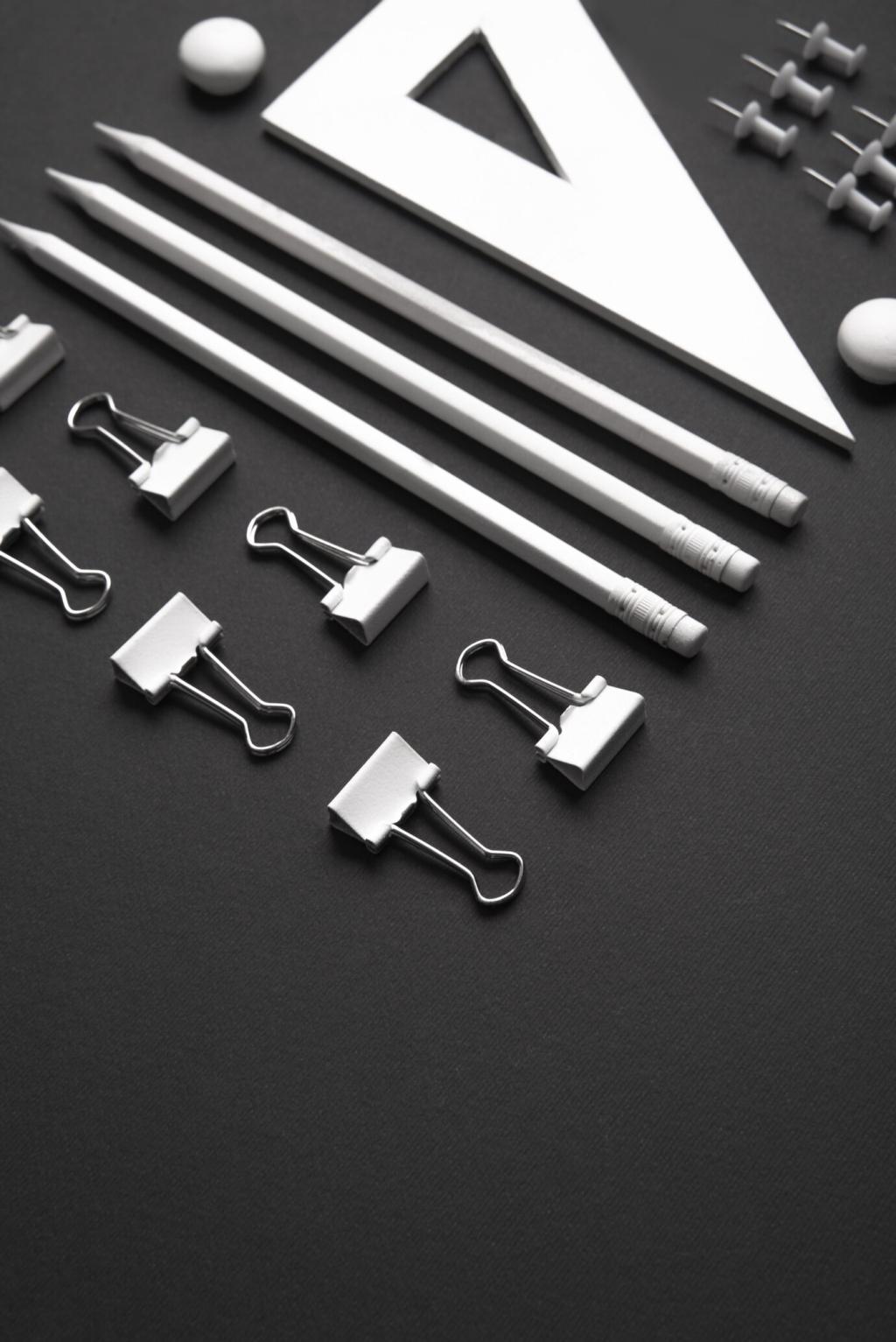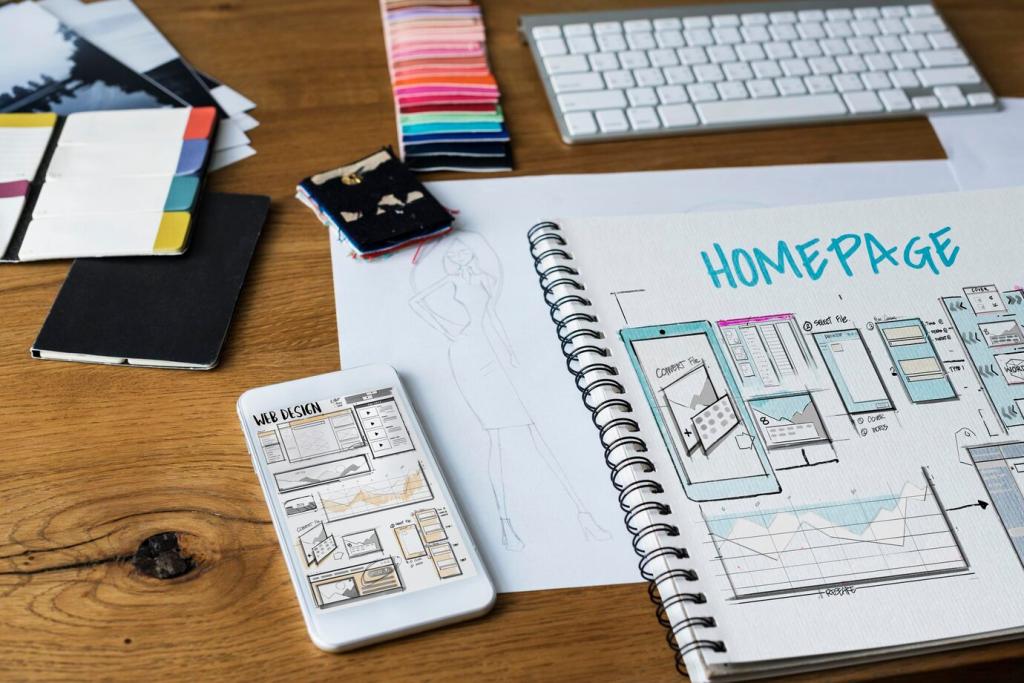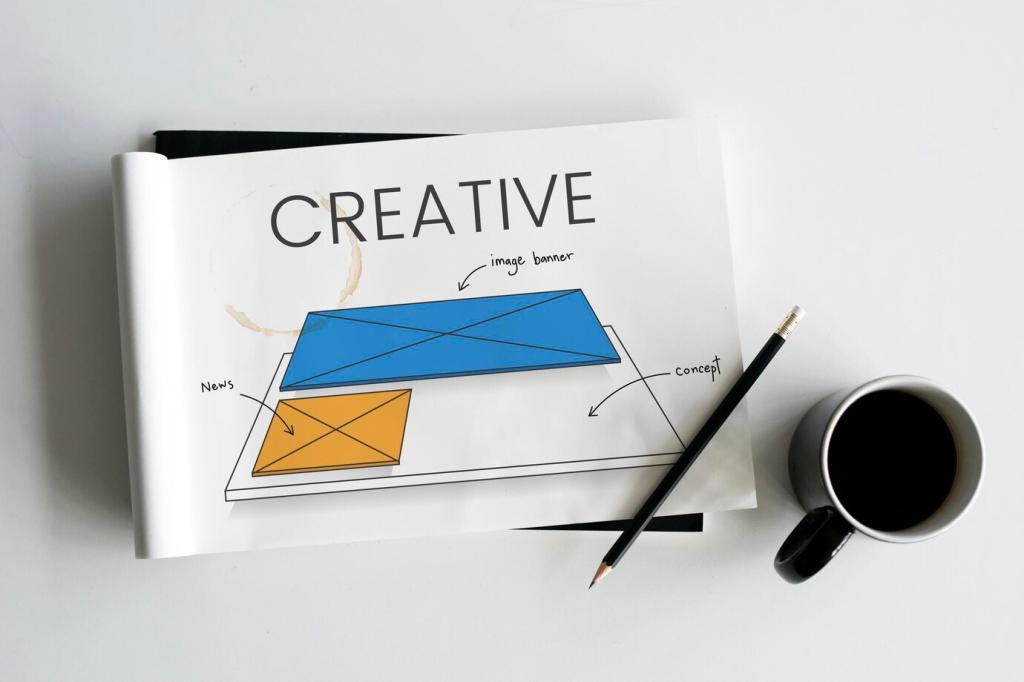Best Practices for Interior Design Content Creation
Chosen theme: Best Practices for Interior Design Content Creation. Welcome to a space where strategy and style meet. Learn how to craft irresistible design stories, polish your visuals, and build a loyal audience that returns for inspiration, insight, and the joy of thoughtfully made interiors.

Define Your Editorial Vision
Audience Personas with Real Rooms in Mind
Sketch personas the way you sketch rooms: detailed, dimensional, and alive. Are they urban renters craving storage magic, or empty nesters rediscovering light? Ask readers to comment who they are, so you can tailor future posts authentically.
Content Pillars That Mirror Your Portfolio
Choose three to five pillars—project case studies, styling tips, materials education, and process diaries—then rotate them. This cadence balances expertise and charm, while encouraging subscribers to return weekly for the next, thoughtfully curated installment.
Voice and Tone Guide Like a Finish Schedule
Define warm, confident, and precise language, just as you specify textures and finishes. Keep sentences clean, insights generous, and calls to action inviting. Invite readers to share words that describe your voice, then refine your guide accordingly.
Visual Storytelling that Feels Designed
Maintain consistent white balance and late-morning softness for editorial cohesion. A Lisbon studio once messaged us that standardizing lighting cut edits in half and boosted shares. Ask readers which lighting mood feels most like your brand.
Vary focal lengths to honor scale; let breathing room frame hero pieces. A graceful chair needs space to speak. Encourage followers to screenshot their favorite crop and tell you why it feels balanced, inviting nuanced conversation.
Show progress, not just perfection. Include messy tape lines, sample tiles, and alternative rugs you considered. Authentic in-between frames build trust and save clients from unrealistic expectations; invite subscribers to vote on their preferred iterations.
Writing that Mirrors Spatial Flow
Headlines as Floor Plans
Map the article with a headline that sets function, a subhead that sets mood, and section titles that suggest pathways. Readers should glide intuitively; ask them if the navigation felt natural and where curiosity spiked.
Sensory Details that Ground the Vision
Describe the linen’s whisper, the cool veining of honed marble, sunlight pooling on oak. Specificity makes a design believable. Invite readers to share which detail transported them, strengthening your feedback loop and editorial empathy.
Purposeful Calls to Action, Styled Like Accents
Place CTAs where curiosity peaks—after a reveal, moodboard, or materials breakdown. Keep them gentle: subscribe for sourcing notes, comment with your storage dilemma. Test phrasing and placement, then refine like you would a vignette.
Process Documentation and Case Studies
Transparent Timelines with Checkpoints
Outline discovery, concept, approvals, procurement, and installation. A Brooklyn project taught us to add a ‘lead-time reality check’ update. Readers appreciate transparency—invite them to subscribe for milestone alerts and post-installation maintenance notes.
Material Rationale and Sourcing Notes
Explain why you chose performance velvet over linen, or engineered oak over solid planks. Link durability, climate, and client lifestyle. Ask comments on alternative materials they’d try; compile highlights into a follow-up sourcing guide.
Lessons Learned and Client Stories
Share missteps with grace: a discontinued tile, a shipment delay, a paint undertone surprise. Human moments deepen credibility. Encourage readers to submit their own renovation curveballs for a community round-up with practical takeaways.
SEO and Discoverability for Design Content
Group phrases like “small entryway storage,” “Scandinavian hallway ideas,” and “warm minimalist console styling.” Write one strong pillar, then interlink satellites. Ask readers which terms they actually search; update clusters with their phrasing.

Pick anchor days for deep dives and lighter tips. Batch photography, then write while scenes are fresh. Share your calendar snapshot in a newsletter and ask readers which series they want prioritized next month.


Comment Prompts that Spark Specificity
End posts with a precise question: which nook needs a lighting rethink, or which rug pile works with pets? Pin the best responses, thank contributors by name, and ask them to join next week’s poll.

Newsletter with Mood and Momentum
Lead with a seasonal mood—citrus light, rain-polished stone—then deliver one deep tip and one quick win. Invite replies; share two reader photos next issue. This rhythm nurtures intimacy and steady, meaningful growth.

Social Micro-Stories with Purpose
Post a ‘decision of the day’ with two material swatches. Ask for votes, reveal the winner, and explain the trade-offs. Save highlights so newcomers can binge your process and subscribe for the full reveal.
Ethics, Attribution, and Inclusivity
Tag photographers, artisans, and vendors; get written approvals before publishing client spaces. Share your crediting policy publicly and invite readers to flag omissions so you can correct quickly and transparently.


Ethics, Attribution, and Inclusivity
Use clear alt text, legible type, adequate contrast, and captions describing function, not only aesthetics. Ask subscribers using screen readers what improves their experience, then iterate and report back your changes.
